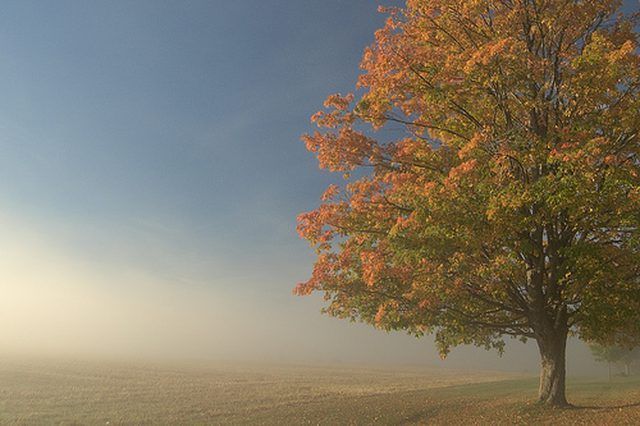Bulbs
Flower Basics
Flower Beds & Specialty Gardens
Flower Garden
Garden Furniture
Garden Gnomes
Garden Seeds
Garden Sheds
Garden Statues
Garden Tools & Supplies
Gardening Basics
Green & Organic
Groundcovers & Vines
Growing Annuals
Growing Basil
Growing Beans
Growing Berries
Growing Blueberries
Growing Cactus
Growing Corn
Growing Cotton
Growing Edibles
Growing Flowers
Growing Garlic
Growing Grapes
Growing Grass
Growing Herbs
Growing Jasmine
Growing Mint
Growing Mushrooms
Orchids
Growing Peanuts
Growing Perennials
Growing Plants
Growing Rosemary
Growing Roses
Growing Strawberries
Growing Sunflowers
Growing Thyme
Growing Tomatoes
Growing Tulips
Growing Vegetables
Herb Basics
Herb Garden
Indoor Growing
Landscaping Basics
Landscaping Patios
Landscaping Plants
Landscaping Shrubs
Landscaping Trees
Landscaping Walks & Pathways
Lawn Basics
Lawn Maintenance
Lawn Mowers
Lawn Ornaments
Lawn Planting
Lawn Tools
Outdoor Growing
Overall Landscape Planning
Pests, Weeds & Problems
Plant Basics
Rock Garden
Rose Garden
Shrubs
Soil
Specialty Gardens
Trees
Vegetable Garden
Yard Maintenance
How Do Green Plants Play a Part in the Ecosystem?
How Do Green Plants Play a Part in the Ecosystem?. In each ecosystem, living organisms fall into one of three roles: producers, which make food for themselves; consumers, which eat producers; and decomposers, which reduce matter into soil. As producers, plants play a part in the way the ecosystem functions, creating a world that supports life.

In each ecosystem, living organisms fall into one of three roles: producers, which make food for themselves; consumers, which eat producers; and decomposers, which reduce matter into soil. As producers, plants play a part in the way the ecosystem functions, creating a world that supports life.
Food
Plants provide food for the masses. From elephants to mice, animals eat grass, nuts, berries and twigs to fuel the body and activities. Meat eaters dine on grazers.
Shelter
Tall, towering trees provide shade from hot summer sun. Shrubs house smaller animals, protecting and camouflaging them from predators. Groves of trees and bunches of brush provide a measure of warmth and protection from wind.
Oxygen
Through photosynthesis, plants produce oxygen. Animal life, including humans, breathes oxygen. A single resting human breathes 6 lb. of oxygen a day.
Filter and Stabilizer
Plants filter water, removing toxins and impurities, making safe drinking water and helping to reduce the effect of man on the natural world. Plants also stabilize soil.
Benefits
Plants consume carbon dioxide as part of photosynthesis. Humans not only exhale carbon dioxide, many machines also emit the gas. The more plants in existence, the less effect the gas has on global warming.